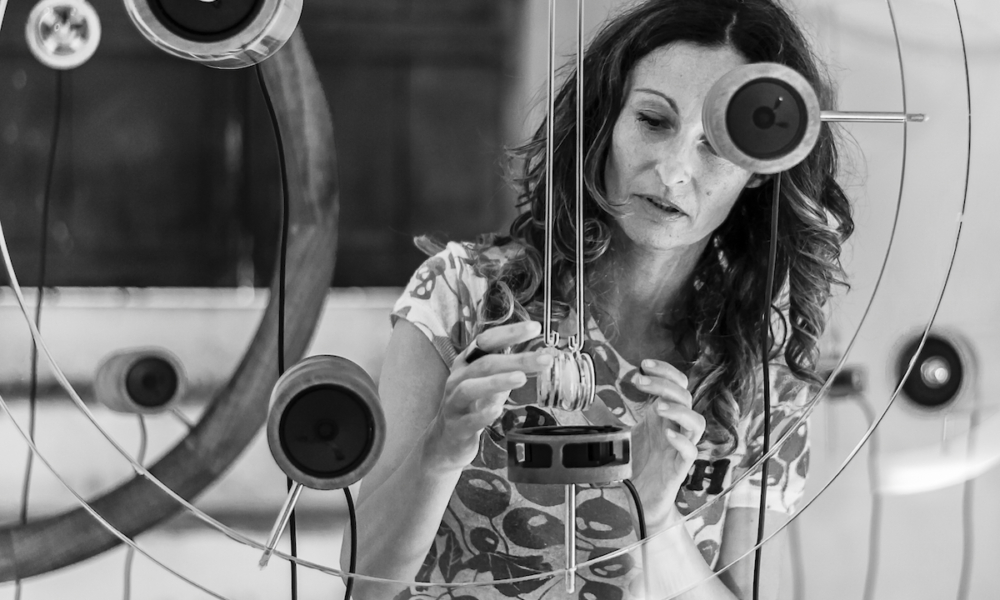
The choice of this year's Casati Prize fell on Tamara Repetto (Genoa, 1973), an artist with a refined sensibility and a multifaceted background. For the fourth edition, the author created the work “Undici” drawing inspiration from the ancient pomander, a secret treasure chest of fragrances, guarded over the centuries by courts and aristocracies to protect the body and spirit with precious essences such as ambergris and musk.
The beating heart of this initiative is located in the Tenuta Casati, a pleasant place surrounded by centuries-old olive trees, suspended between the land and the sea. Here, in a context full of charm and memory, every year the competition, the result of the synergy between GDA – Associazione Italiana per l’Arte, Maison Casati and selected partners, reveals a new Ampolla d’Artista, a symbol of creativity and innovation that stands alongside the EVO oil of the Estate, highlighting its excellence.
“An artist's cap for an excellent oil – explains Repetto. All my production is centered on the relationship between man and nature, so this project really stimulated me. I thought of a truly special cap, which could unite art with nature and the world of perfumes, given that one of my favorite media is perfume. A factor that strongly ties me to Casati”.
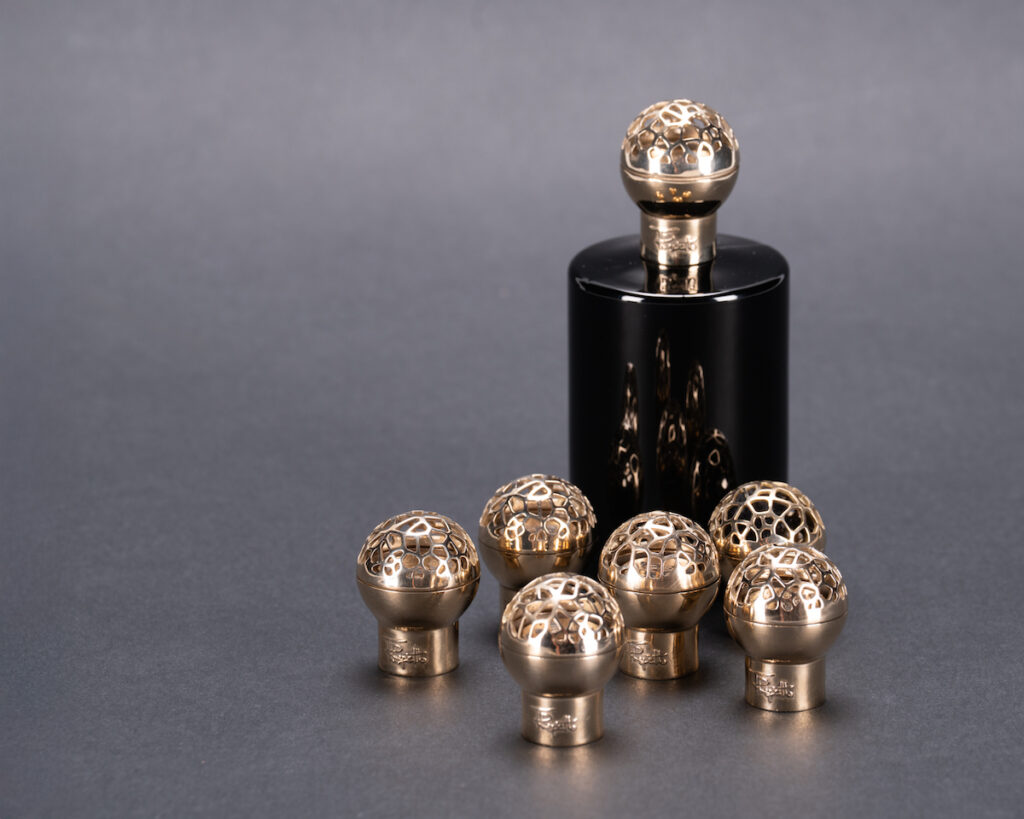
Casati Prize 2025 by Tamara Repetto
A multifaceted artist, as he likes to call himself, Repetto uses the olfactory element, the sound element, kinetic dimensions, drawing, technology and craftsmanship in his practice. He loves to superimpose different languages that become ‘seductive acts’ for the public, who interact with his work in an intimate and intense way. His “aesthetic devices” create new expressive alphabets that have as their common thread the themes linked to nature, with which they establish a dialogue that has the function of sublimating, emphasising and reawakening our sense of belonging to the “earth system”.
“The artist’s cap is made of shiny yellow bronze by Atelier Glix – says the author. The color that recalls gold, activates the emotion of the gaze that rests on the oil thread, the gold of the olives. The oil, a primordial and sacred element, dialogues with the scented cap, giving life to a synaesthetic experience in which art, nature and fragrance intertwine in a refined and visionary unicum”.
Further enhancing this creation is the 11 Casati fragrance perceptible inside the cap with a sweet, woody accord, an intoxicating combination celebrating the sacred nectar. This fragrance is evocative of the number 11, an esoteric symbol linked to creative energy, intuition, sensitivity, a portal for the fulfilment of desires, and the artist's date of birth.
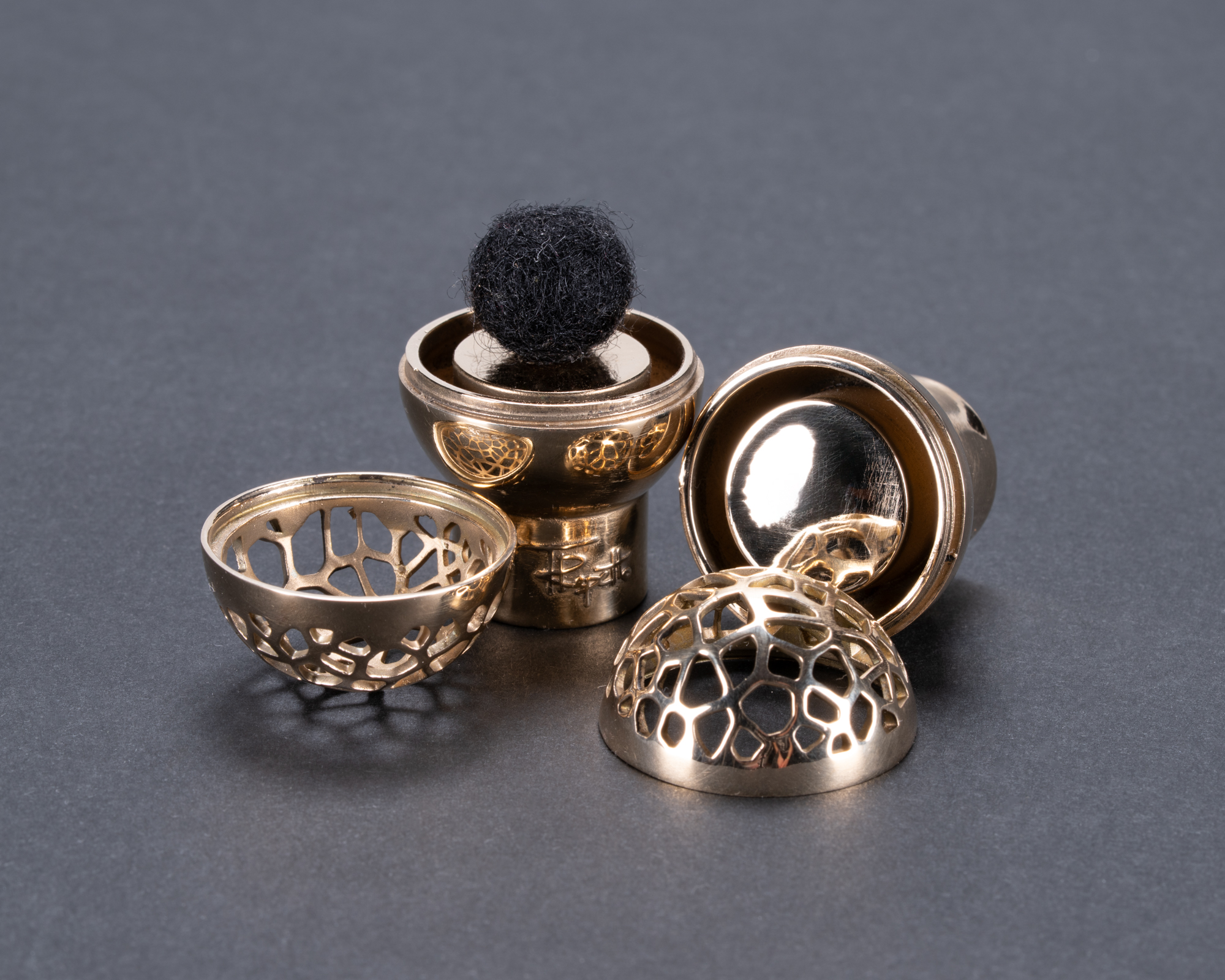
For the fourth edition of the Casati Prize, Tamara Repetto (Genoa, 1973), an artist with a refined sensibility and a multifaceted path, has been selected. She ranges between olfactory installations, sculpture and design, investigating the relationship between matter, the senses and the relationship between man and nature. Her work, Undici, feeds on this interaction, drawing inspiration from the ancient pomander, a secret treasure chest of fragrances, guarded over the centuries by courts and aristocracies to protect the body and spirit with precious essences such as ambergris and musk.

The cap of the ampoule, the true aesthetic and conceptual fulcrum of the work, recalls the delicate structure of the morille, an evocative French term for morel, a fruit of the earth with a sinuous and archaic shape, a symbol of rebirth and transformation. This morphology, reproduced in shiny yellow bronze, recalls the golden hues of ripe olives, while its perforated surface reveals the essence it contains, in a sensory game that stimulates sight, touch and smell.
Oil, a primordial and sacred element, dialogues with the perfumed cap, creating a synaesthetic experience in which art, nature and fragrance intertwine in a refined and visionary unicum.
Further embellishing this creation is the fragrance No. 11 Casati perceptible inside the cap with a sweet, woody accord, an intoxicating combination celebrating the sacred nectar. This fragrance is evocative of the number 11, an esoteric symbol linked to creative energy, intuition, sensitivity, a portal for the fulfilment of desires, as well as the artist's date of birth.
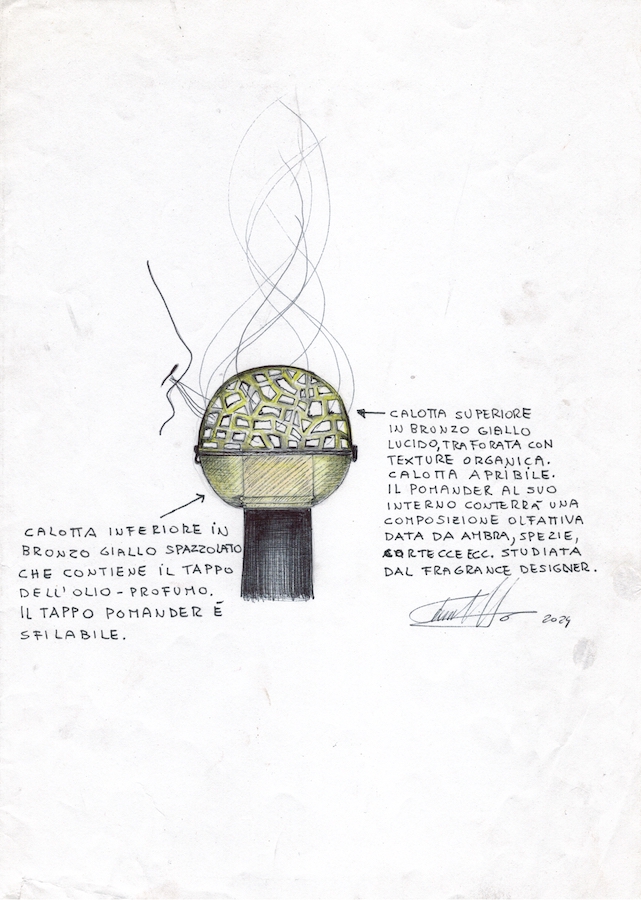
Thanks to the poetics of Tamara Repetto, this new Casati Artist's Ampoule becomes not only the custodian of sensory excellence, but a work that embodies the very concept of sensory alchemy, where aesthetics, matter and symbolism come together in a creation destined to leave a mark on the memory and imagination.
Maison Casati, in collaboration with GDA - Associazione Italiana per l'Arte, renews its patronage vocation, elevating contemporary Italian art by supporting talents that shape matter and give life to form. This commitment has its roots in the tradition of Renaissance collecting, when the great noble families made art a banner of identity, a celebration of beauty and human ingenuity.
The beating heart of this initiative is located on the Casati Estate, a locus amoenus nestled among centuries-old olive trees, suspended between the land and the sea, where light refracts off the silvery foliage and time seems to stand still. Here, in a context full of suggestion and memory, each year the competition - the result of the synergy between the Association, Maison Casati and selected partners - unveils a new Ampolla d'Artista, a symbol of creativity and innovation that complements the Tenuta's EVO oil, enhancing its excellence.
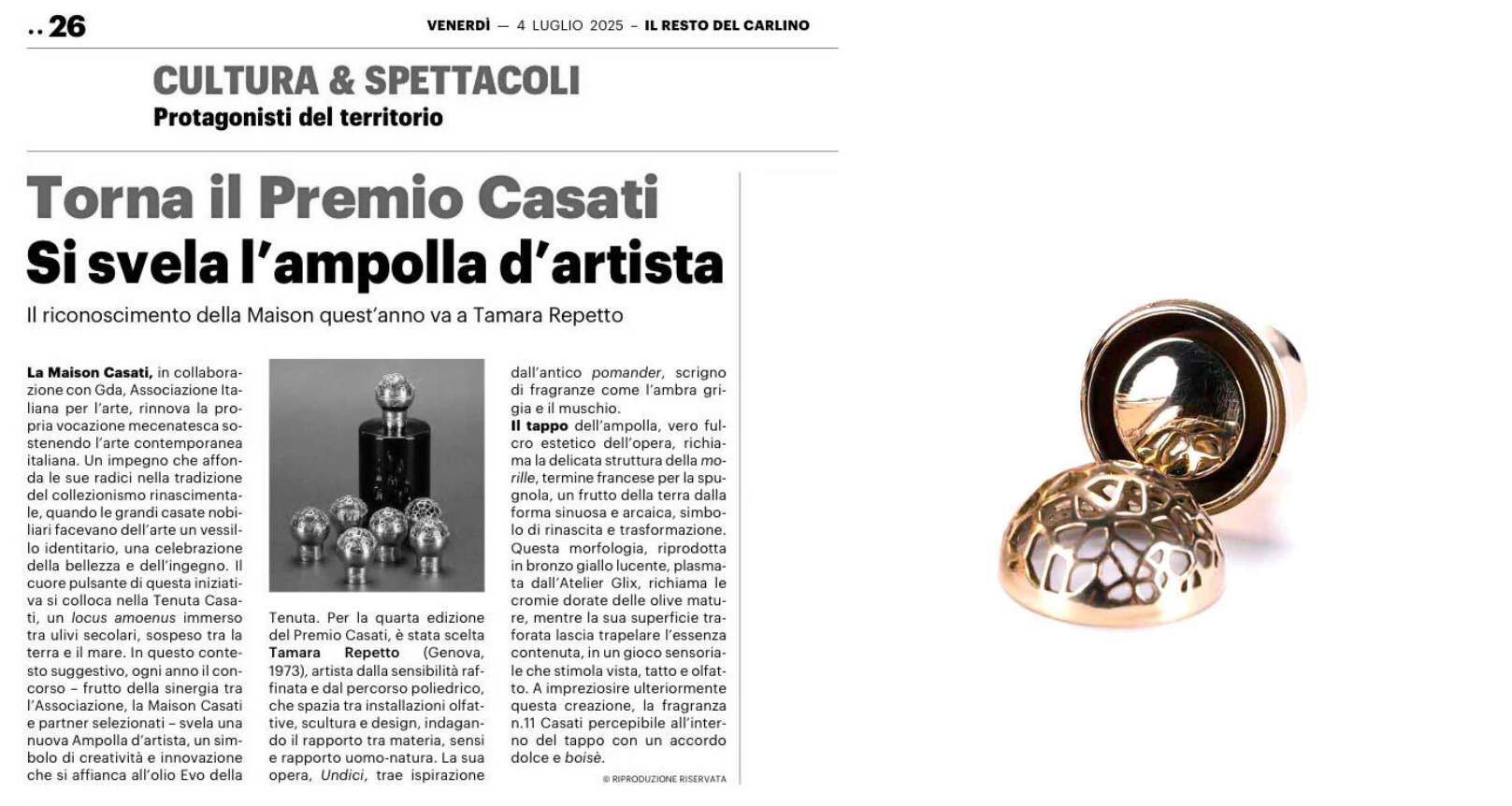
Maison Casati, in collaboration with Gda, the Italian Association for Art, renews its patronage vocation by supporting contemporary Italian art. A commitment rooted in the tradition of Renaissance collecting, when the great noble families made art a banner of identity, a celebration of beauty and ingenuity. The beating heart of this initiative is located in the Casati Estate, a locus amoenus nestled among centuries-old olive trees, suspended between the land and the sea. In this evocative setting, each year the competition - the result of the synergy between the Association, Maison Casati and selected partners - unveils a new Artist's Ampoule, a symbol of creativity and innovation that complements the Tenuta's Evo oil.
For the fourth edition of the Casati Prize, Tamara Repetto (Genoa, 1973), an artist with a refined sensibility and a multifaceted path, has been chosen. She ranges between olfactory installations, sculpture and design, investigating the relationship between matter, the senses and the relationship between man and nature. Her work, Undici, draws inspiration from the ancient pomander, a treasure trove of fragrances such as ambergris and musk.
The stopper of the cruet, the true aesthetic focus of the work, recalls the delicate structure of the morille, the French term for morel, an earth fruit with a sinuous and archaic shape, a symbol of rebirth and transformation. This morphology, reproduced in lustrous yellow bronze, moulded by Atelier Glix, recalls the golden hues of ripe olives, while its perforated surface allows the essence it contains to seep through, in a sensory play that stimulates sight, touch and smell. Further embellishing this creation is the fragrance No. 11 Casati perceptible inside the cap with a sweet, woody accord.
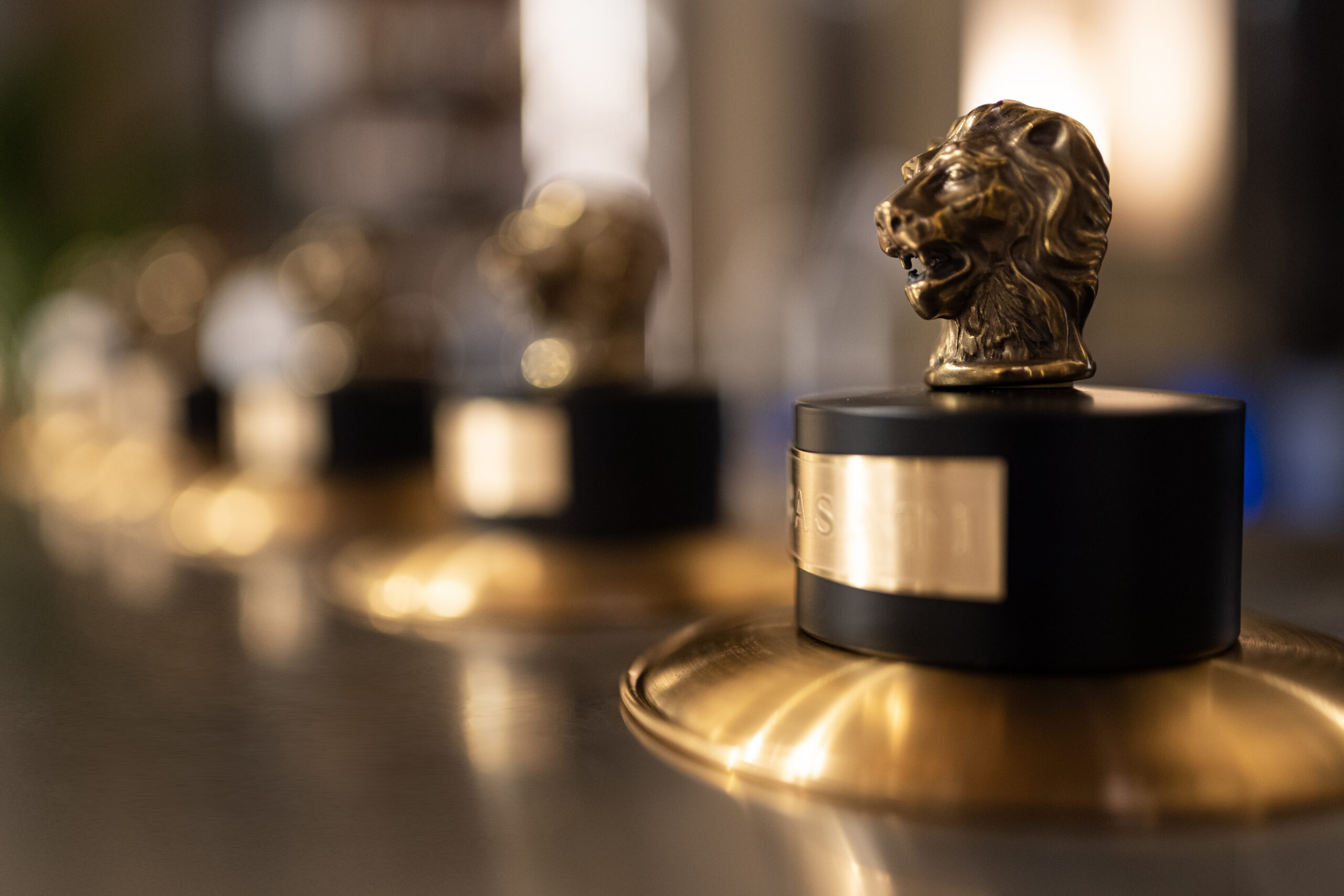
In the museum house that was once the home of the multifaceted Bagatti Valsecchi brothers, in the splendid setting of the Sala degli Armigieri that houses the sought-after boutique Art e Parfums Milano, Maison Casati presented an exclusive preview of its new collection of perfume extracts, all intentionally unisex, declined in seven mysterious formulations.
Works of art that unveil precious nectars and seduce the senses, telling their story in images, metaphors for the sensations one feels at the release of the original sillage.
A visionary brand, always in dialogue with contemporary art, a promoter of a new green Renaissance, Casati chose the lion, the courtly symbol of its logo, evoking the feline of the Palazzo Venier that was the home of the divine Marchesa Casati, an endless source of inspiration, of the Maison and who loved to call herself a “living work of art”
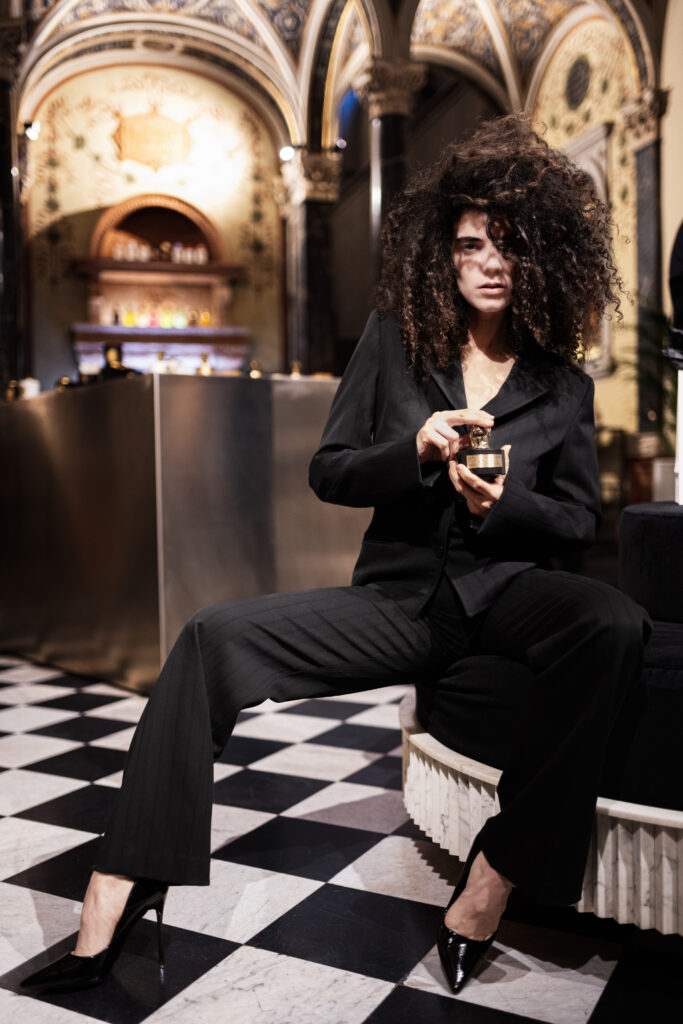
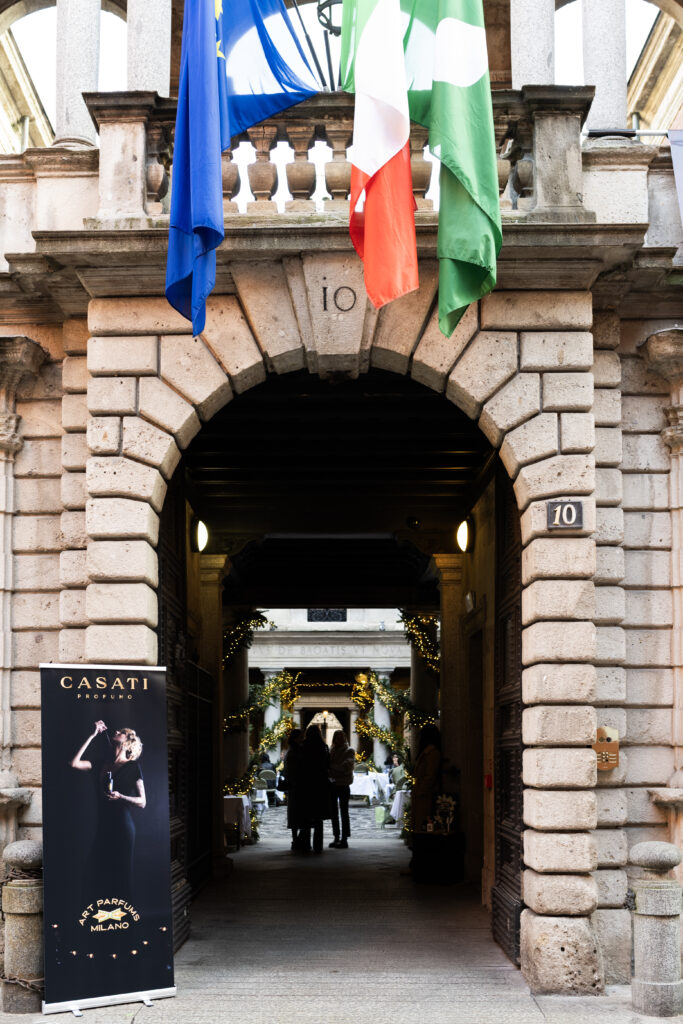
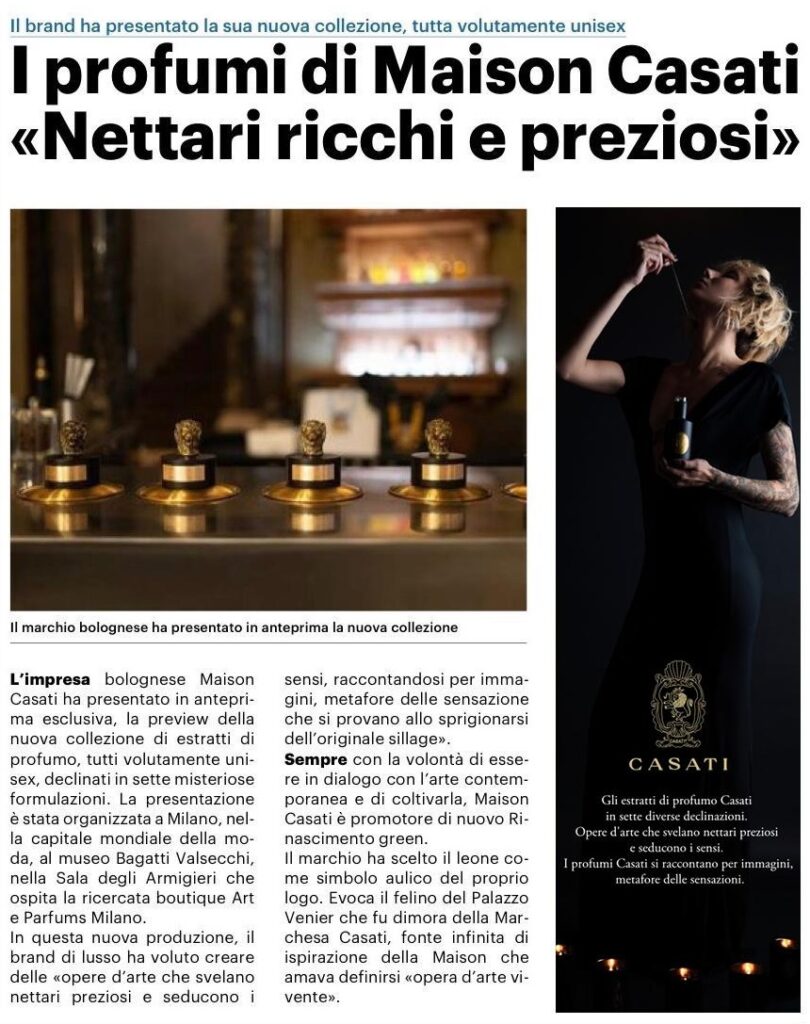
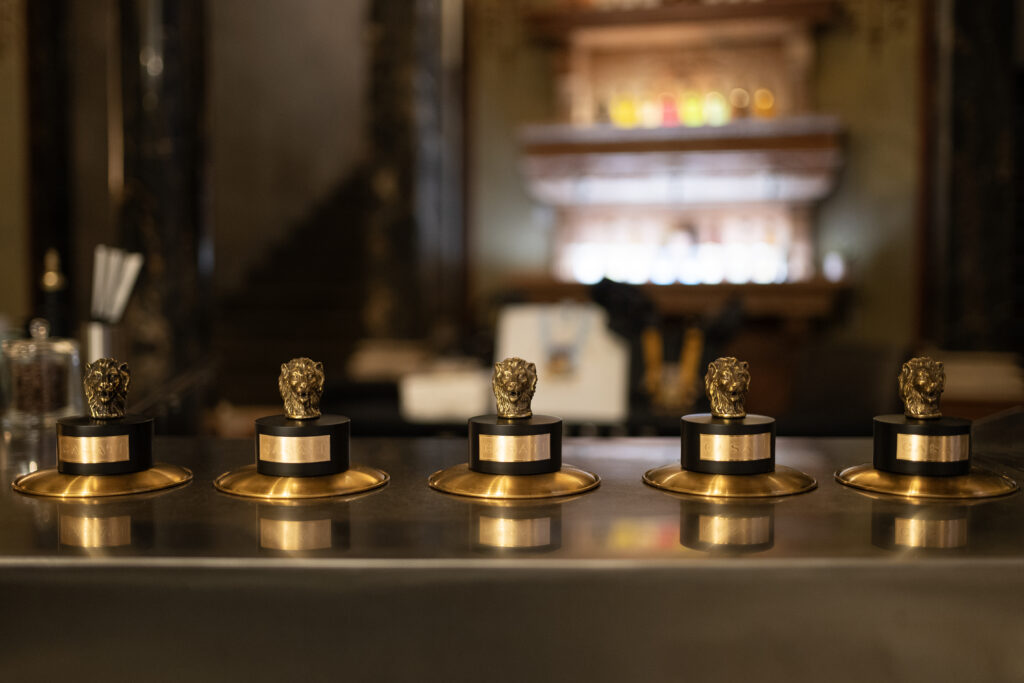
In seven different declinations
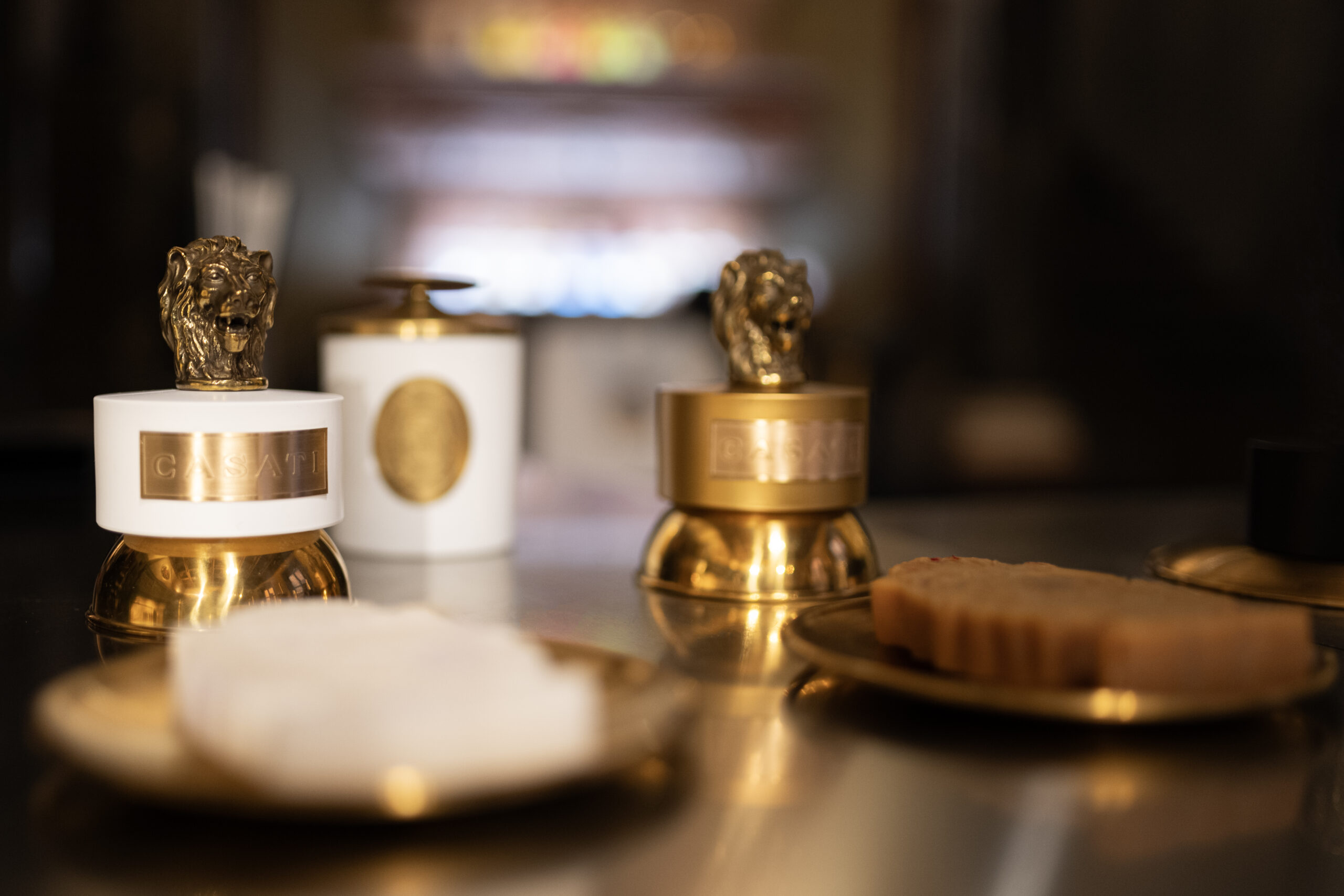
The new collection, all intentionally Unisex
Casati chose the lion, the courtly symbol of its logo, evoking the feline of the Palazzo Venier that was the home of the divine Marchesa Casati, an endless source of inspiration, of the Maison and who liked to call herself a “living work of art.”
Works of art that reveal precious nectars and seduce the senses, telling their story in images.
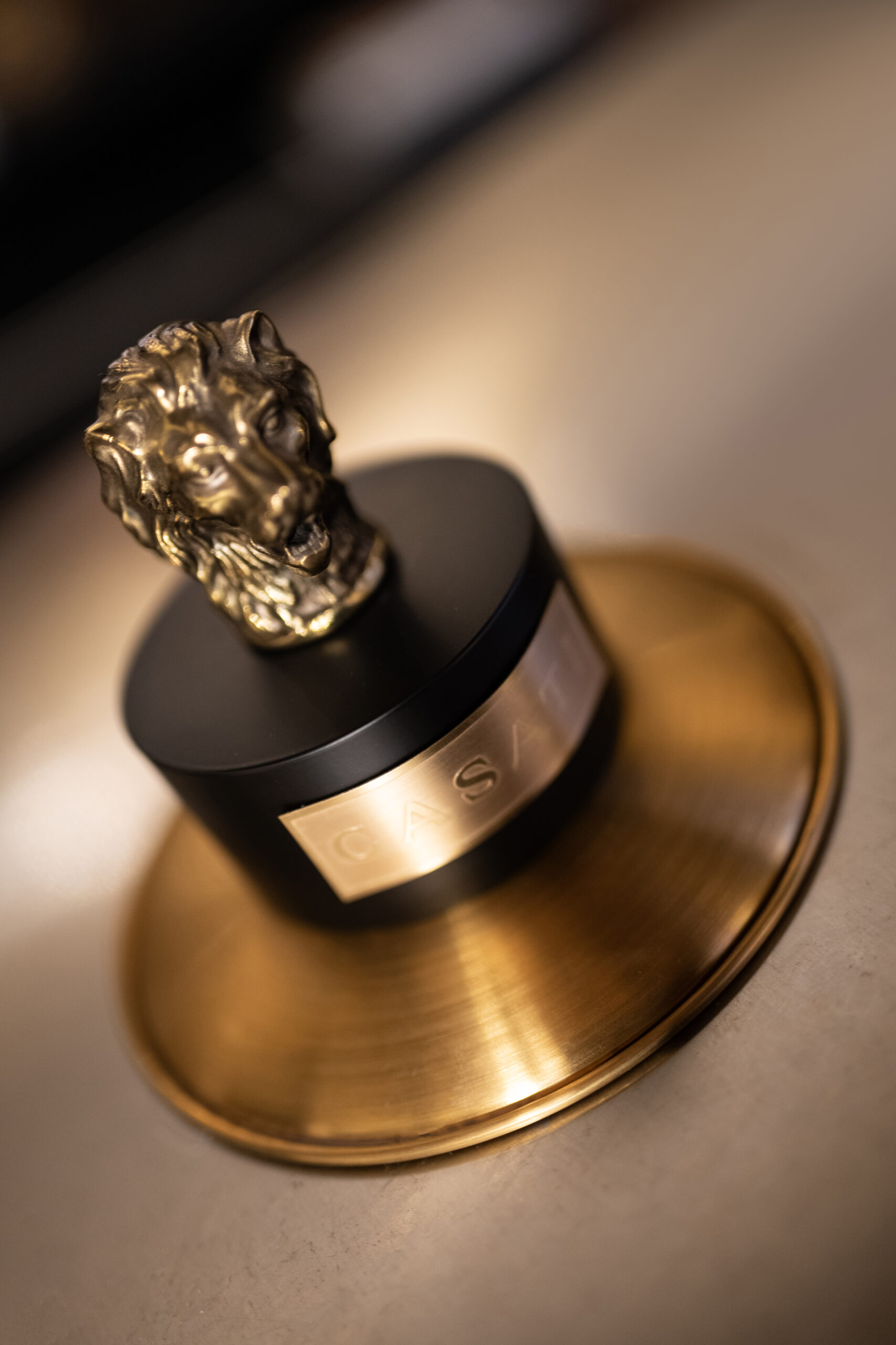
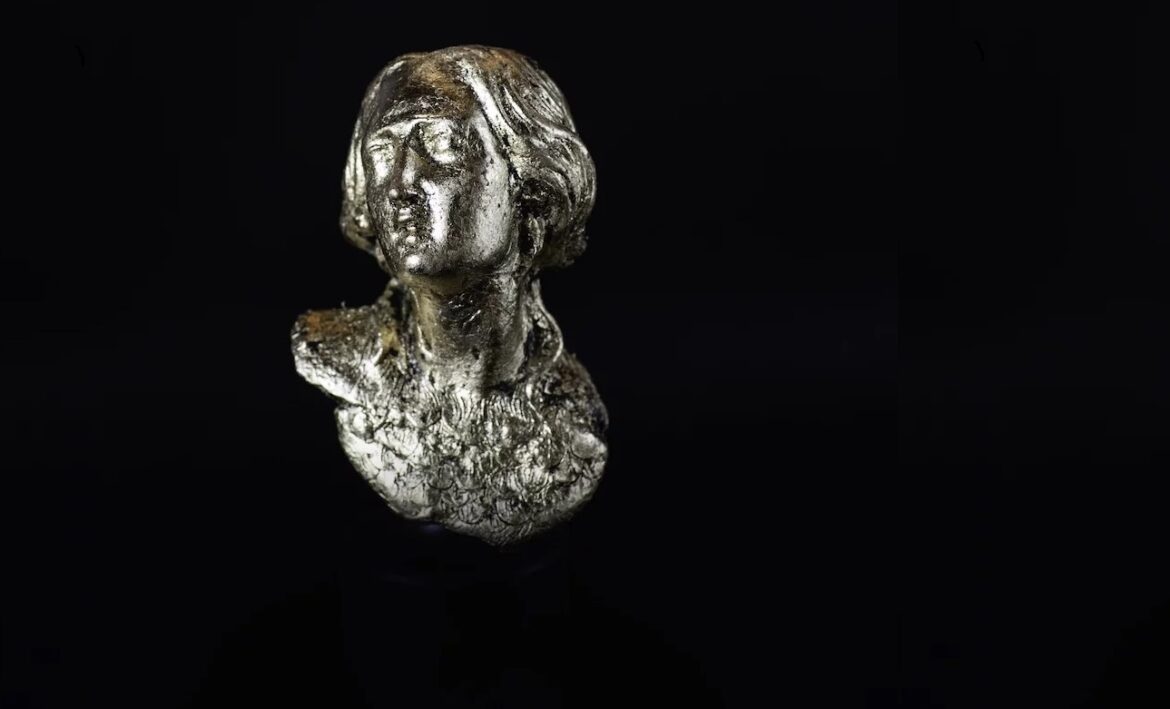
Fabrizio Cotognini creates by feeding on stimuli belonging to different eras. Imagine that you are perhaps walking through the narrow streets of a village in deep Romagna, such as Saludecio, and suddenly your eye takes you curiously to a showcase full of antique prints, books with rough, folded paper, drawings and Renaissance sketches. Once you have this vast imagery in mind you can begin to approach some of the Marche artist's work.
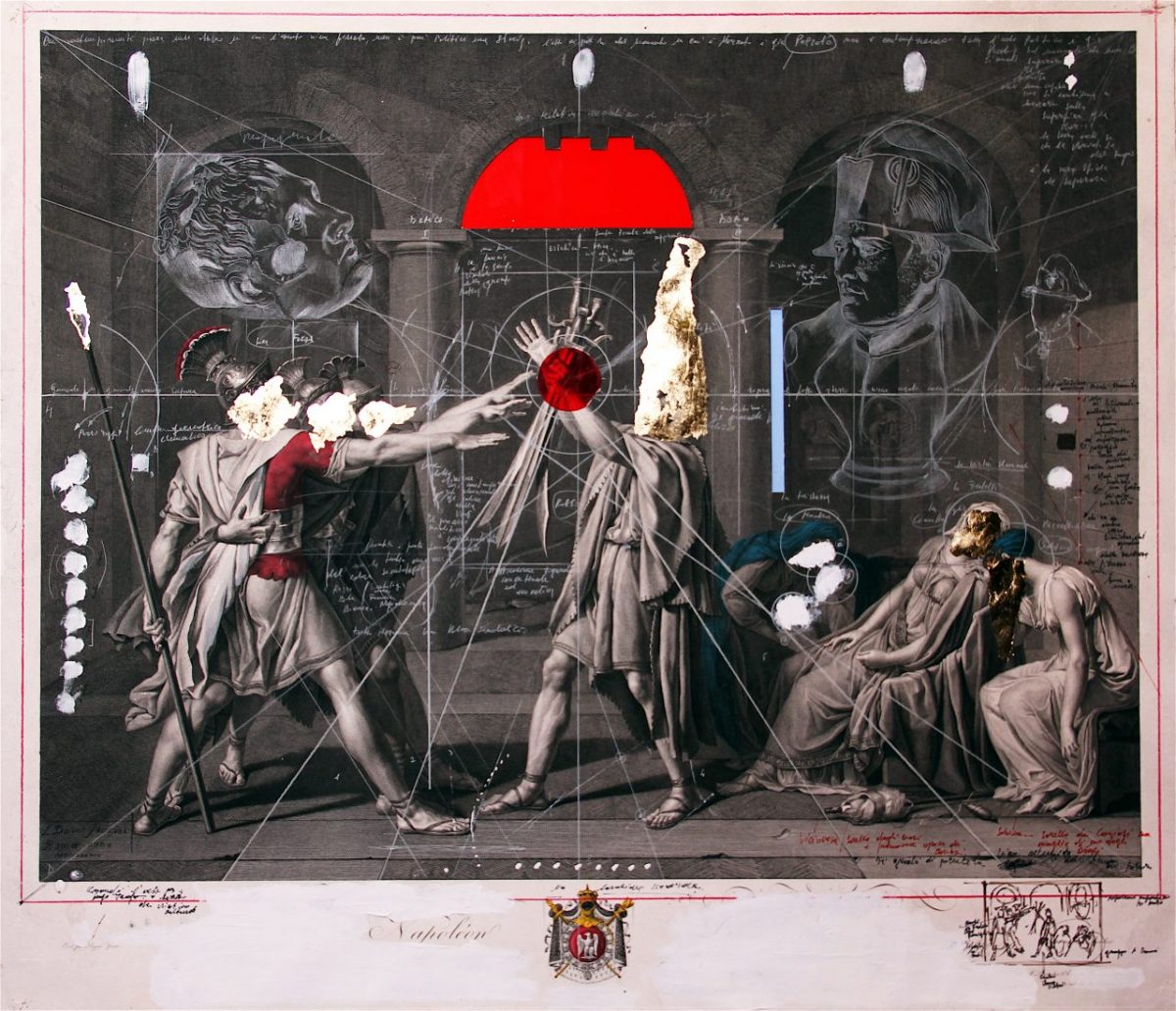
Fabrizio Cotognini, The days went by like shadows-2018. Courtesy Sgabello collection-Amsterdam
Born in 1983 in Macerata, he graduated from the Academy of Fine Arts in the same city in Painting and Sculpture in 2009. He stubbornly decided to live and continue working in Civitanova Marche.Descending into Cotognini's work is complex, as it is pregnant with mythological narrative in constant reinterpretation. To consider him an artist is not enough to understand his poetics and production, seamlessly ranging between various disciplines, the result of a continuous study of different suggestions from sociology, philosophy, history and, of course, classical and contemporary art.
Several times he has called himself an archaeologist of the contemporary, because layering is part of his work, as is the excavation of a perpetual archival research, making use of a vast iconographic repertoire that includes both mystery and truth.
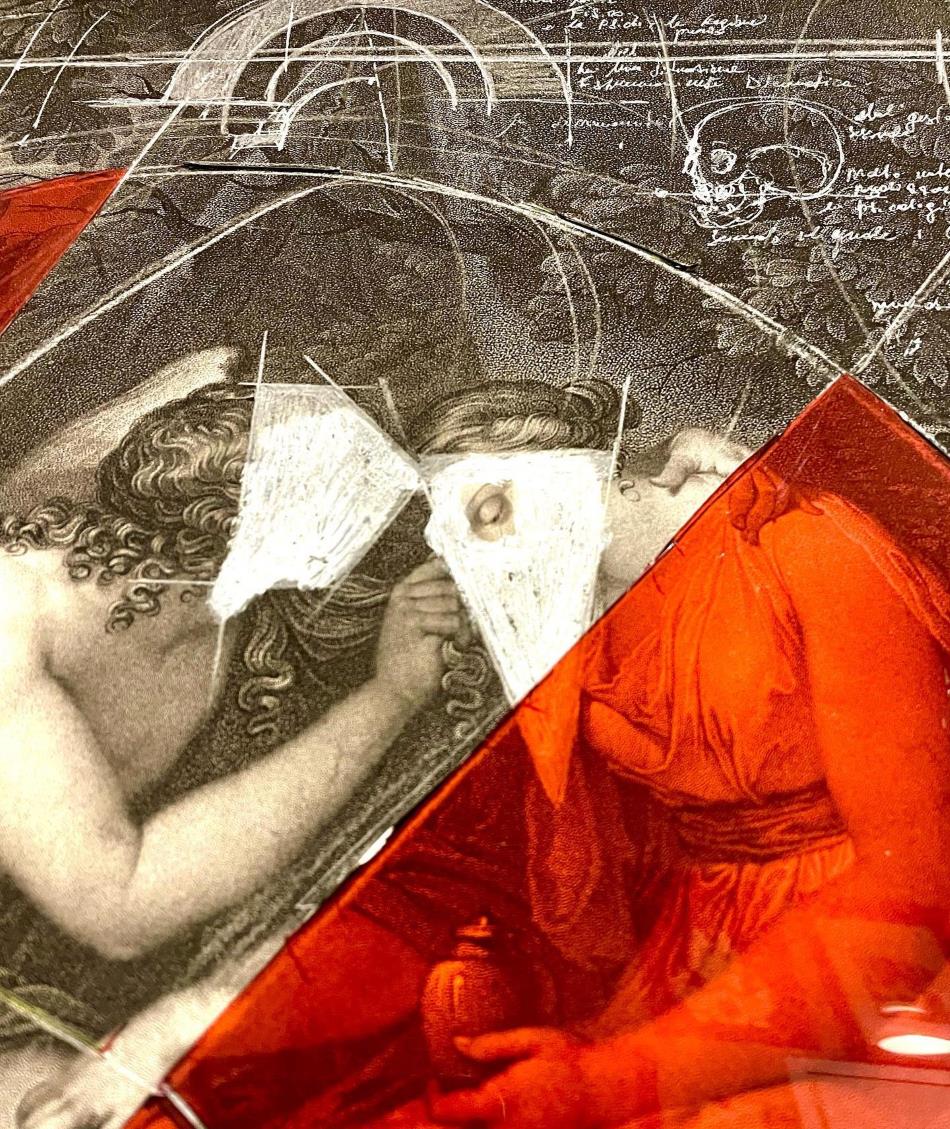
Fabrizio Cotognini, detail of Psychonaut, 2022, white lead, mylar, ink on original 18th-century etching
If Isgrò erases, Fabrizio Cotognini takes a breath and adds, arranges, until he fills the sheet, because the latter is his main support, but he does not stop there and in addition to the drawing he adds sculpture, which manifests itself through a symbolic as well as mythological form. Drawing as a favored medium is presented on a par with an alphabet of images: from a departure of the original drawing is added one made apart, almost out of dutiful respect and of the knowledge of the artist who created first.
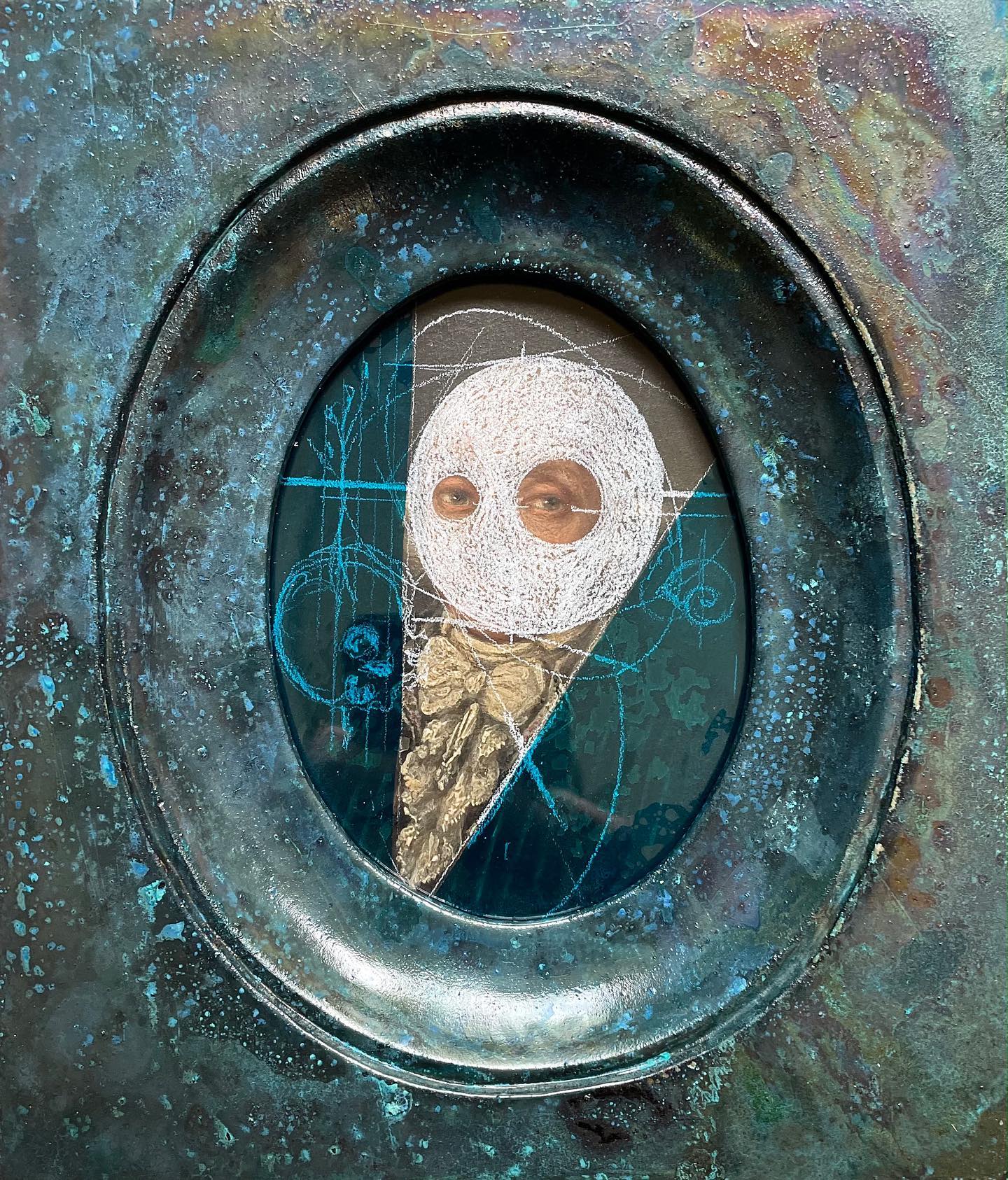
Fabrizio Cotognini, The Flying Dutchman, 2021, white lead and mylar on original 18th-century miniature, oil on ivory
In the process an obfuscation takes place in part, which does not tend to censor but on the contrary emphasize what is important, thus leaving behind the superfluous. More evident is the writing part where sketches and cryptic sentences flying like notes rest on the paper. This is done through the use of pencil, white lead ink or gold leaf that brings to light the geometries hidden in his compositions. Thus giving a nobility to the image and the word, it is the latter that completes the work, tracing a trajectory to be traveled within an ideal environment.
He is a dreamer who travels by changing tracks that he imagines as centuries, on which run wagons filled with minute heraldic symbols and mystic stones.
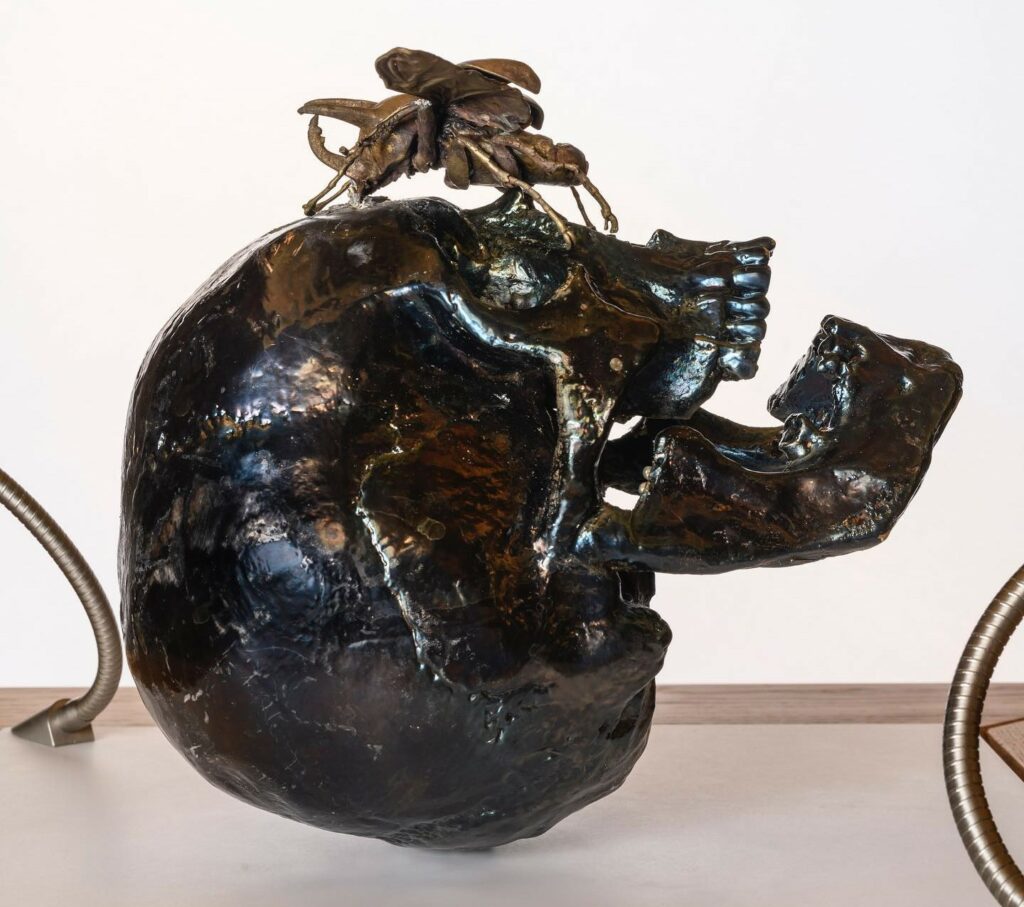
Fabrizio Cotognini, The Flying Dutchman, silver casting
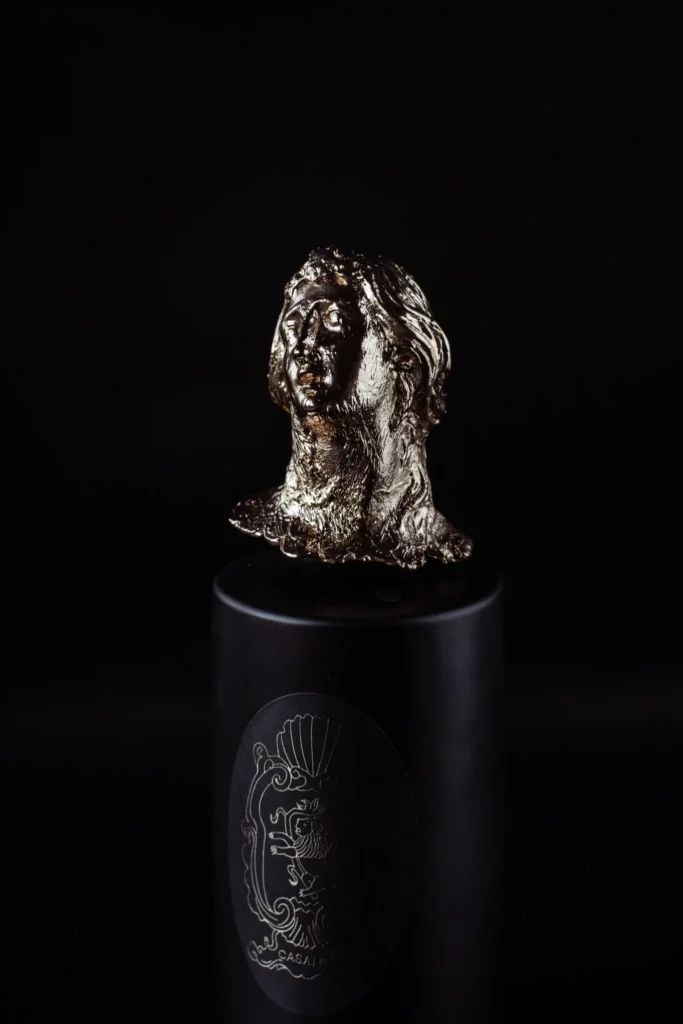
Cotognini's “Ocypete” artist oil cruet for Casati Estate. Courtesy the artist and Casati Laboratory
On the occasion of the Casati Prize, supported by the Laboratorio Casati, conceived and promoted by Elena Paolini in Saludecio (RN), Fabrizio Cotognini was presented with Ocypete (Ocipete comes from the Greek ōkupous, “fast foot,” also meant to mean “to flow” or “she who flows fast”). The work of mythological reference is composed of two disciplinary outcomes: the drawing and the sculpture series.
The Casati Prize born in 2022 was created with the aim of opening and maintaining a deep connection between the company and contemporary art, in the search for and support of new talents. The choice of an artistic practice, as the protagonist, rises in an evocative setting immersed in the centuries-old olive trees of the Casati Estate in Saludecio, where the sky meets the sea in a sublime horizon. Each year, thanks to the collaboration with selected partners who share the same vision and mission, the competition unveils a new Ampolla d'Artista, a symbol of creativity and innovation that complements the EVO oil produced by the estate. Oil understood as a very ancient product, the identity fruit of dedication to the hillside territory, thus finds a container that is not only functional. In Fabrizio Cotognini's artful decoration, the cruet reveals itself to be metamorphic, holding multiple and additional meanings.
During the varnishing I had the opportunity to open a brief dialogue with the creator, letting him tell me about the work in the flesh.
Does the choice to present a sculpture from ancient Greek mythology have a connection to the area of Saludecio and the Casati Workshop itself?
The genesis of the work came from a dialogue I had with Elena Paolini, what struck me was the genesis of the oil planting of the Adriatic side. Here in Saludecio, we are between Romagna and Marche, which is my land. There is anthropological research that shows that the olive plant was introduced by different peoples, including the Piceni, a people who had branching contacts with the other side of the Adriatic, such as Albania or Croatia, who had a strong influence with the Greek classical world.
“So I tried to find a figure that embodied the spirit of the Maison, and out came the Harpy, which Elena had already noticed in work I had previously started.”
In your repertoire the Harpies are represented in a more animal way, for Casati you propose a more feminine version, where the metamorphosis is less. What is the reason for this choice?
Clearly knowing that the Casati brand is devoted to the divine Marchesa Casati, I followed the evocative line of femininity. If you look closely at the sculpture, the part that goes toward the chest has a hint of a kind of plumage. It is not a didactic or redundant work but has the power to activate an imagination.
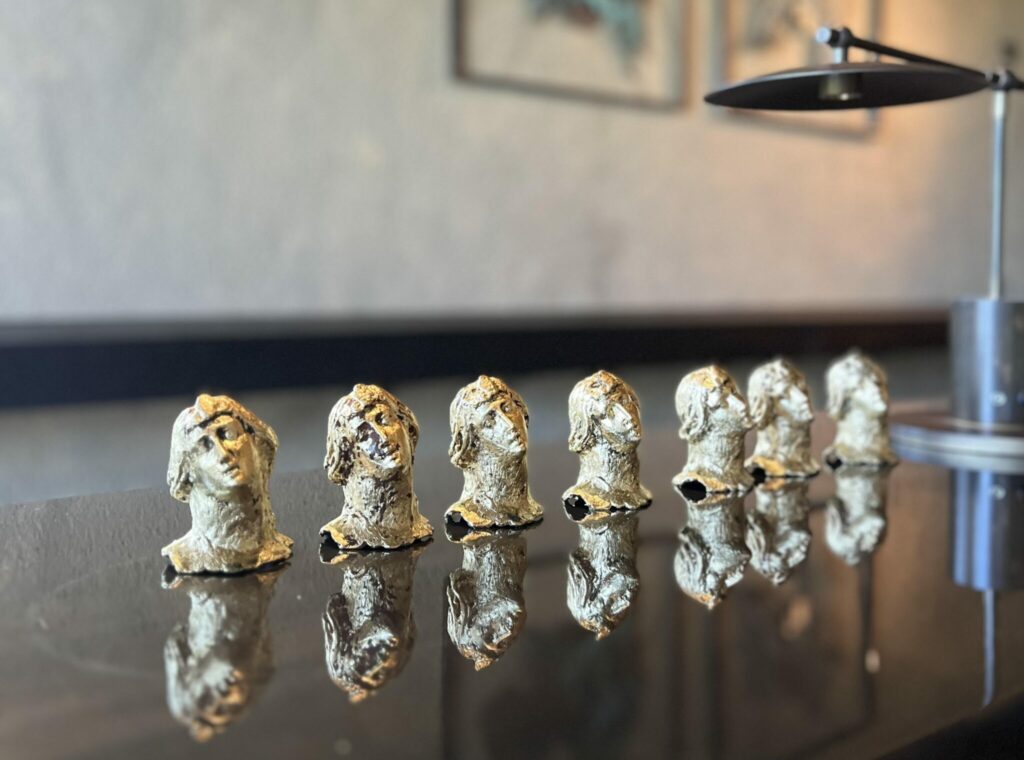
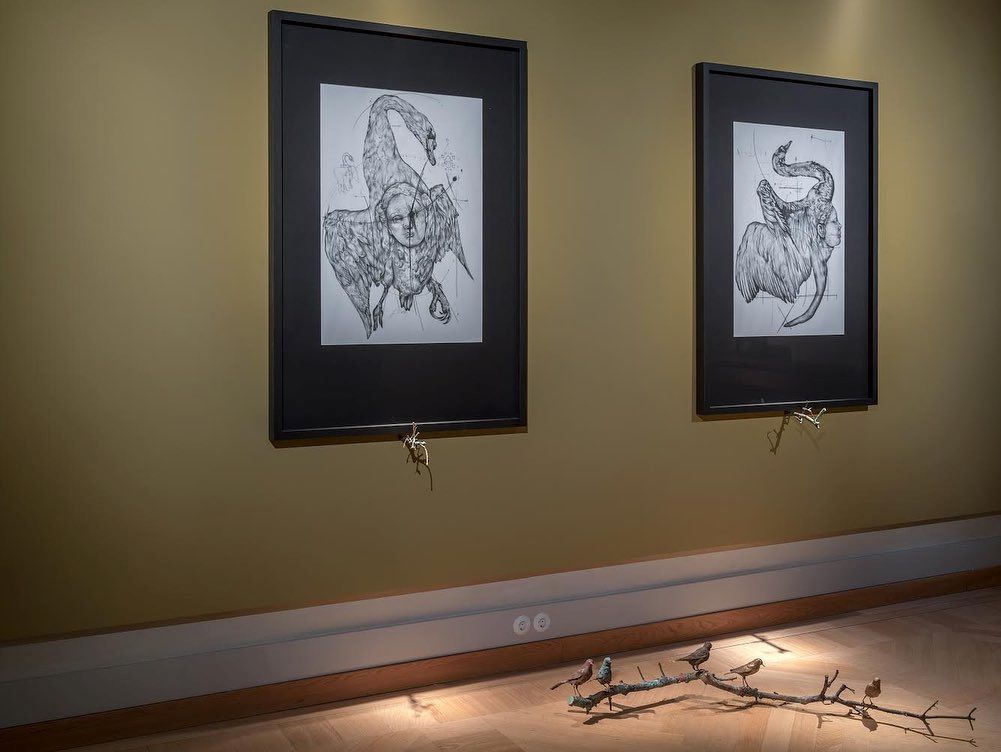
This is an artist's edition, fifty cruets, all different from each other, without repetition?
The diversity is strongly intended to create a unique piece for each ampoule. I come from a background as a goldsmith, so I used the technique of investment casting, done with chalk, with the same process as creating a piece of jewelry, it allows you to bring out precious and minute details.
One is used to experiencing the art world in big cities, lately there is a reversal in favor of small entities, often supported by private individuals. Do you think support is due?
This is an important question, he says! Certainly there is difficulty if there is no support from a gallery or foundation or an individual collector. However, I see, through my own experience as well, how often a prolific environment of chain connections can be created. For example, I recently bought a studio in a small town of 1,000 people, and the idea that I have several artisans around me, who help me in the complete success of my work, amplifies the profound value of the operation by adding an experience of sublime craftsmanship.
The beauty that is the inner beauty in Cotognini's work should be contemplated and admired in long times, slowly, because it is the only way to understand it.
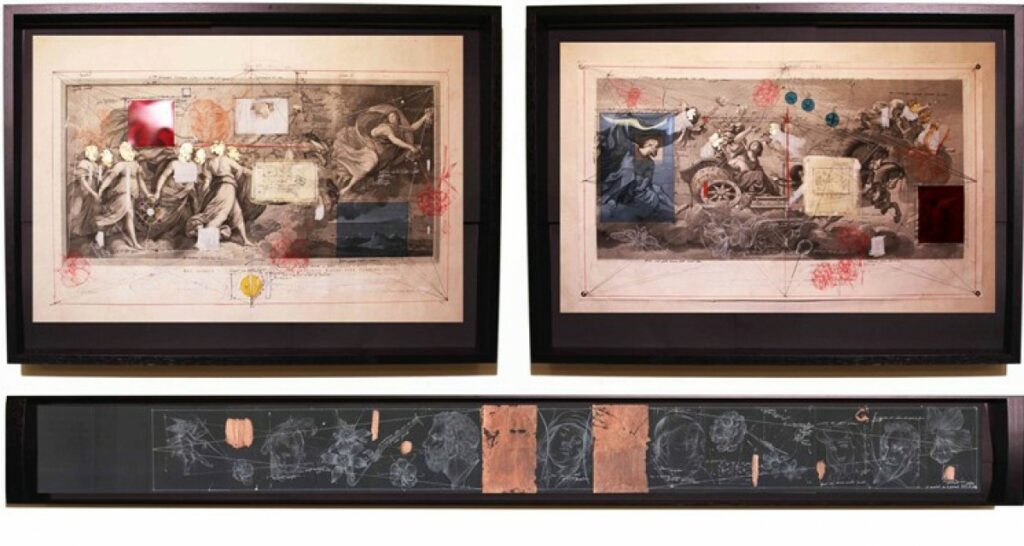
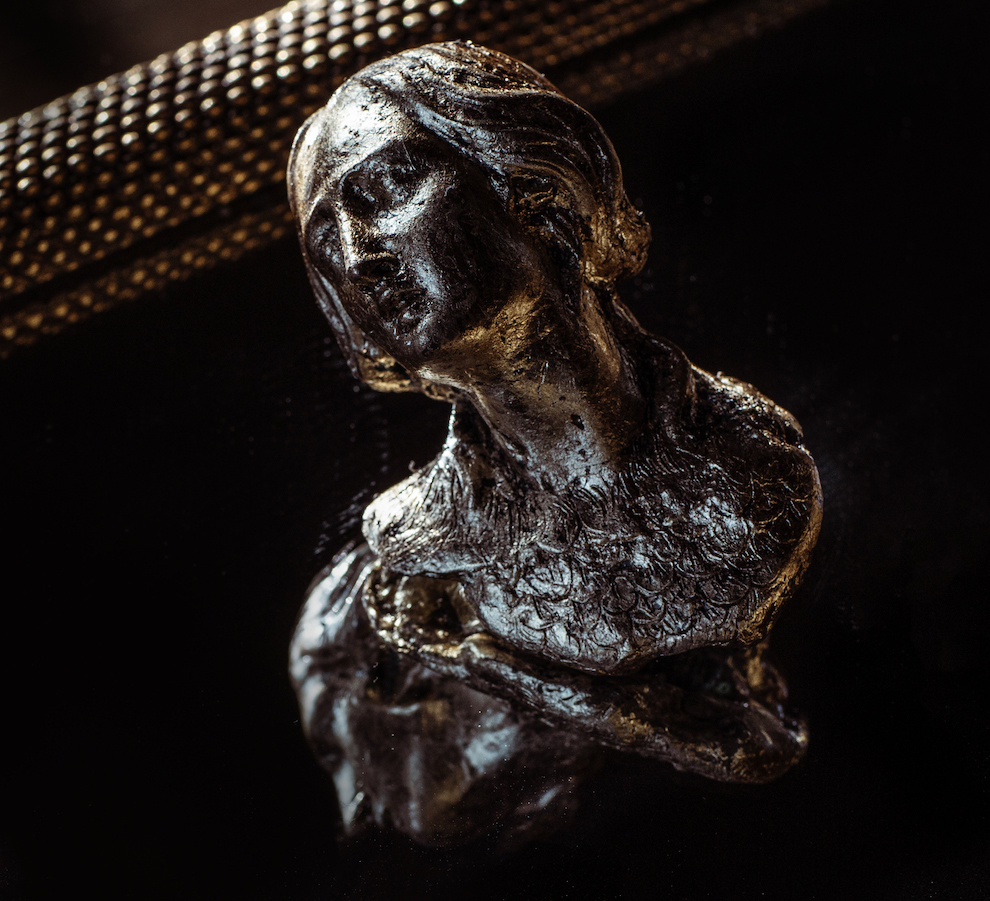
Ocypete fusion test.
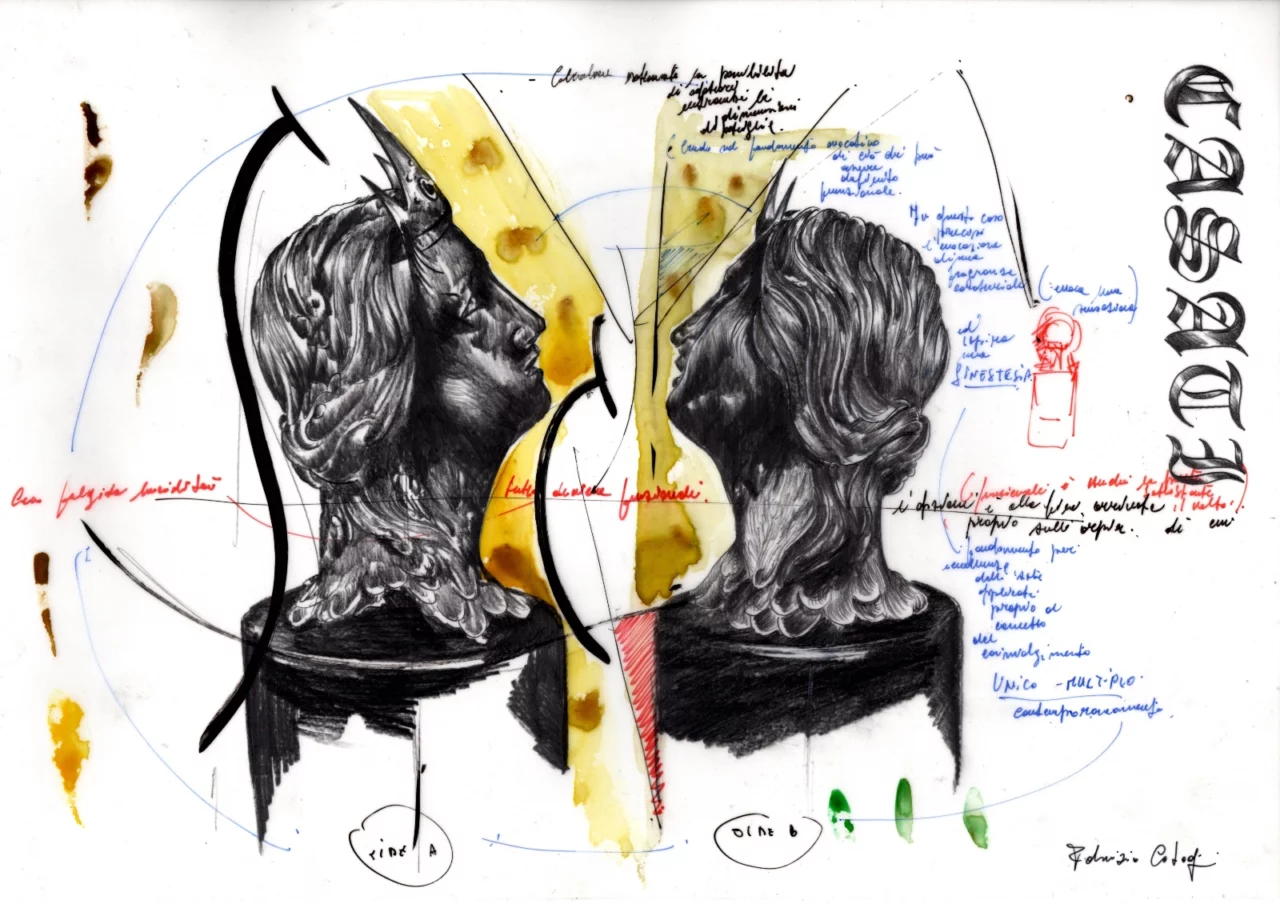
Fabrizio Cotognini preparatory sketch Ocypete table 1 yellow china 2024 courtesy Artist and Casati Laboratory
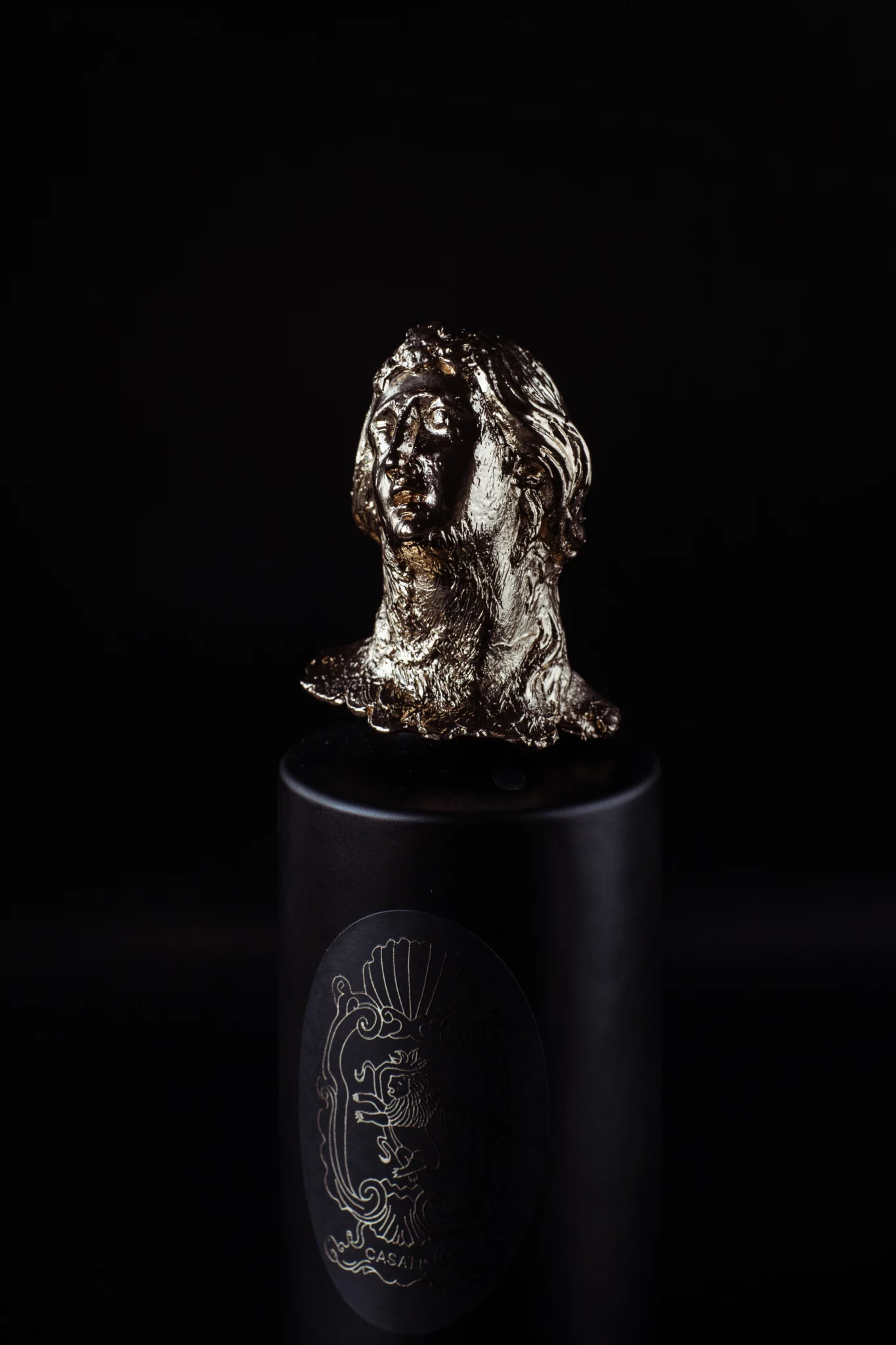
Artist's oil cruet "Ocypete" by Fabrizio Cotognini for Tenuta Casati. Courtesy Artist and Casati Laboratory
The prize-winning work is entitled Priz Ocypete. "Ocypete" is a term derived from ancient Greek and means "quick to fly." In Greek mythology, Ocypete was one of the three Harpys, winged female creatures associated with the storm and the wind. Her speed in flight and agility were particularly noted.
The work "Priz Ocypete" conveys a plastic twisting of volumes, charging it with a galvanic energy capable of restoring a vibrant chromaticism. The artist has paid homage to an ancestral feminine spirit, a complex find such as that of the harpy, a powerful figure connecting worlds, here designing a cruet capsule that "procures the emotion of a fragrance (...) that evokes a sensation and inspires a synesthesia."
Cotognini has thus succeeded in placing himself in direct consonance with the meditative spirit of the Maison, which, in addition to pursuing the exclusive production of a refined centuries-old olive oil, develops sophisticated essences, cameos and luxurious candles that are the result of a prolific collaboration with ancient seventeenth-century waxworks, well grafting itself into that credendo vides that moves its initiatives.
The artist told us about the concept of this work, "My intention was the combination of the sacred and the profane, using Casati oil, from which the work is inspired, as a cultural archetype to arouse emotions. Oil, a symbol of human history brought to these lands by the Picenes, has always oscillated between myth and reality, the sacred and the profane."
"In a manner consistent with my shaping a contemporary archaeology," Cotognini explains, "I was inspired by the myth of the Harpies, monstrous creatures with female faces and bird bodies. The origin of their myth is at times misogynistic and may derive from the personification of the storm. I therefore questioned who represents the "storm" today, reflecting on the fluid and ambiguous nature of our existence. I thus removed any feral reference from the Harpies, going on to create a female figure that twists between ecstasy and desire, evoking a Neapolitan Madonna but at the same time also the Queen of the Amazons."
L’artista marchigiano, già vincitore del Premio Cairo, è oggi tra i protagonisti della grande mostra “Vis-a-Vis” a Palazzo Buonaccorsi di MacerataThe artist was born in Macerata in 1983 and currently lives and works in Civitanova Marche. He graduated from the Macerata Academy of Fine Arts in Painting and Sculpture in 2009 and has participated in numerous exhibitions.
His work is characterized by a constant reference to the ancient revisited in a contemporary key and by the privileged use of drawing, a pivotal element of a research that also makes use of the possibilities offered by new media. Fabrizio Cotognini's work captures within it various declinations of the archaeological and art-historical horizon. Time, memory and history are, in his research, majestic figures, overturned, twisted or curved in a scenic apparatus aimed at suspending their stability.
It is a discourse in which the word marries the image in a tight dialogue between sign, drawing and writing, which becomes a place of contemplation and, at the same time, reflective concentration. But it is also an apparent side-note reminiscent of the intimate delights of an ancient book, even a late Gothic miniature or a rare decoration that hints at the scrupulous attention to each and every detail.
The Casati Prize was born in 2022. Thus, the Casati Laboratory maintains a deep connection with contemporary art, offering an evocative setting among the estate's centuries-old olive trees, which is transformed into a place to reflect on beauty. The goal is to research and support new talent. Each year, thanks to the collaboration with selected partners who share the same vision and mission, the competition unveils a new Artist Ampoule, a symbol of creativity and innovation.
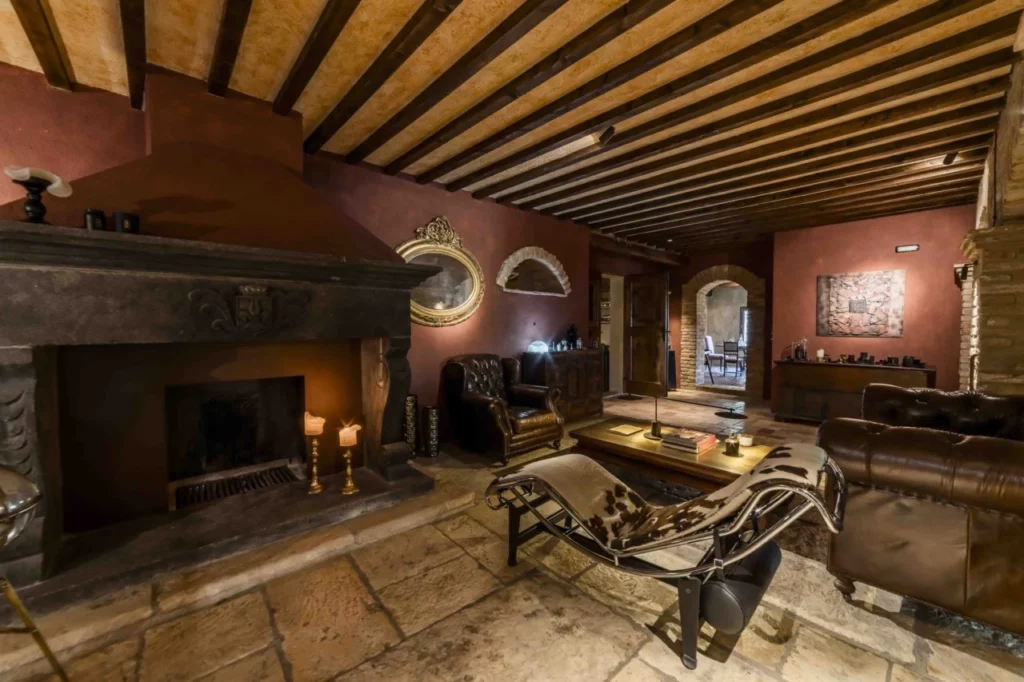
Interior of Tenuta Casati
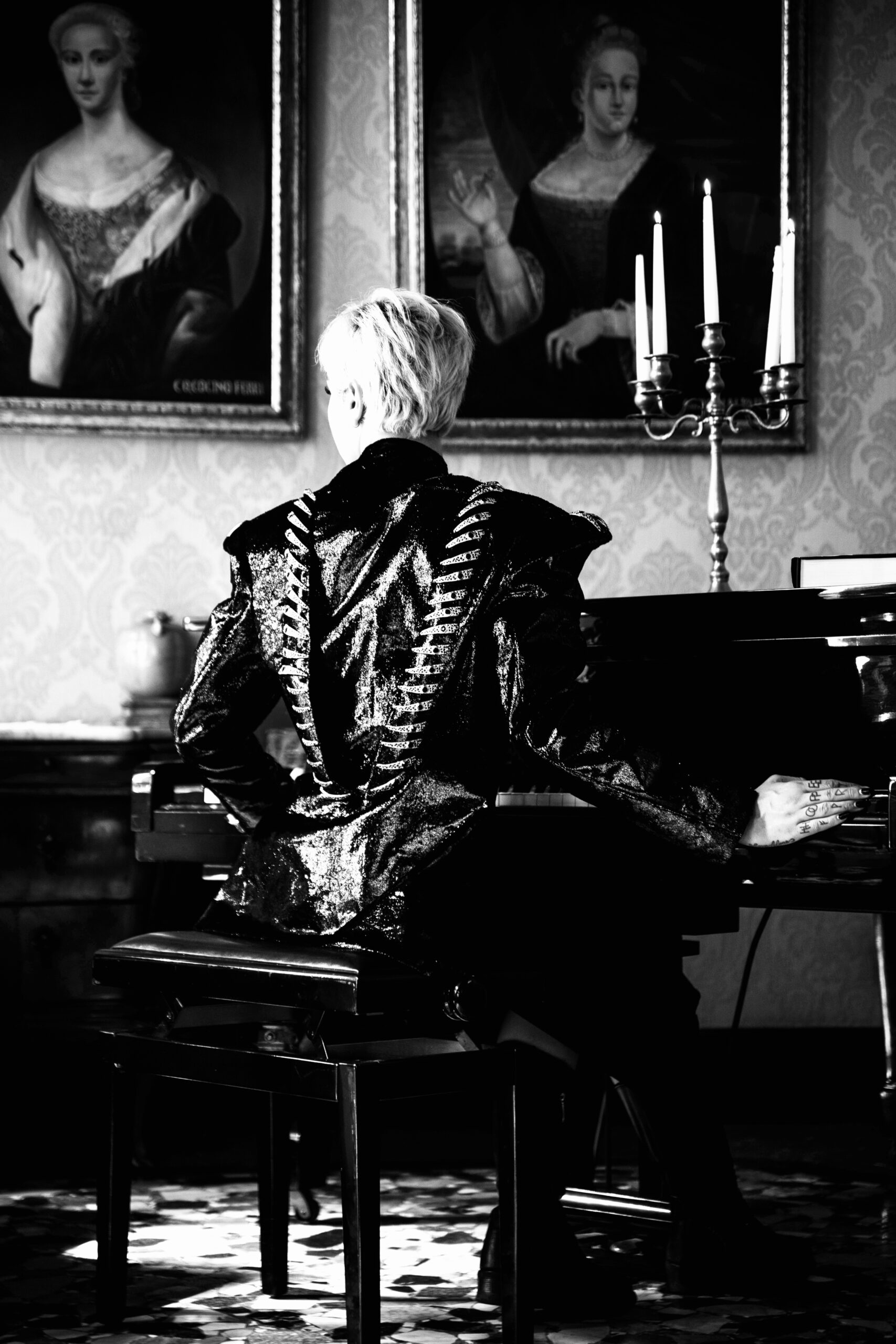
At the Venice Biennale, on the occasion of the final awards ceremony, Casati the Made in Italy Maison for luxury lifestyle led by Lorenzo Muratori, marked its presence on the red carpet with a dress by Dimitar Dradi, inspired by glamorous and sophisticated elegance of Marchesa Luisa Casati, revisited in an androgynous and postmodern key.
In the bonheur wave of the Divina Marchesa "making one's life a work of art", Casati commissioned a poetic tailored dress that embodies style and sublimated refinement.
Like the Casati feline essence - which imposes itself with ardent notes and then reveals an amber heart, in a final illusion that intrigues soul and body, leaving an unforgettable sign of enveloping femininity - the sartorial deconstruction and essential silhouettes come together in minimalist use of colors and bold use of fabrics, sublimating the path opened by the Six of Anversa.
Elegant, sensual, permeated by the aesthetic-avant-garde spirit since ever, the iconic products of the Maison Casati - wax cameos, imaginative candles, oils for the spirit - are cultured works that stand out for the quality of the raw materials, for the philosophy in essence and for the intrinsic ability to promote artistic and narrative meditations, also thanks to the Casati Art Prize, dedicated to collaboration with contemporary artists.
An occasion in which the visionary and philanthropic spirit of the Casati brand asserts itself once again by signing its direction: promotion of art according to grand viveur life models, a ribbon of dreams with ambitious goals.
The famous shot stolen by Cecil Beaton, the historic refusal that confirms an entire experience beyond conventions and that unattainability, forever an icon of the face of the "belle dame sans merci": drawn by deep black shadows, with dilated pupils, rendered bright with the nightshade.
Thanks to the Maison Dimitar Dradi for this exceptional postmodern tribute to the Divina Marchesa to Met Decay for her interpretation and to Valentina Solfrini for the shot which delicately lays bare an intimate fluidity of which Luisa Casati was an extraordinary forerunner.
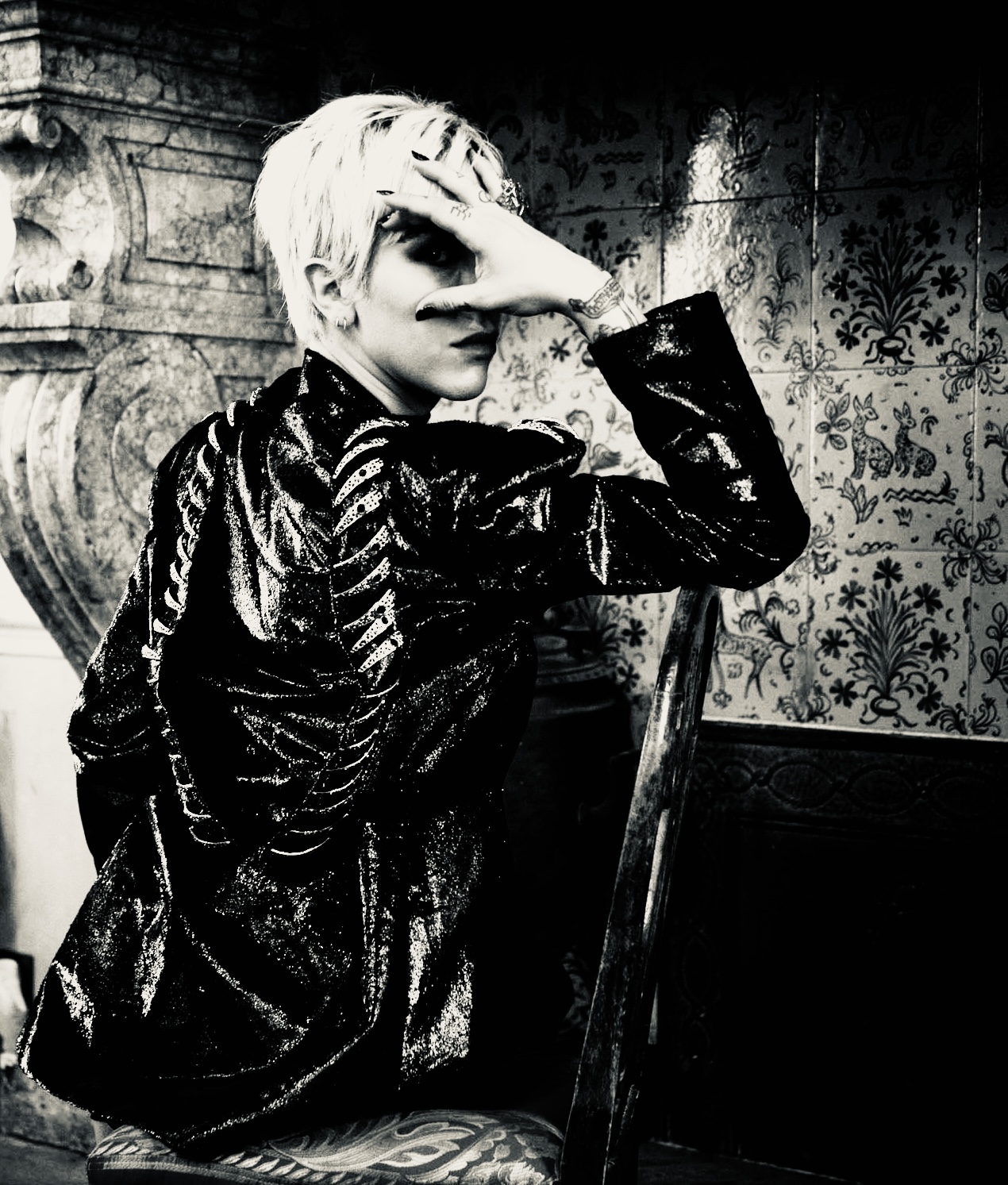
The Maison's iconic lion celebrated in an evocative journey by Jacopo Nanni Bartolucci
In a dimension suspended in time. An image charged with symbolic power. The metal, magmatic, takes shape, in a transmutation of alchemical memory, ultimately revealing the emblematic crown of Casati perfume, a seal of timeless elegance.
Maison Casati, made in Italy for lifestyle that has always been moved by the poetic spirit of “cultivating art,” enters the world of Christian Fogarolli by supporting his new work, Portrait de frêne, part of the “Etheric Body” project on display at the Davia Bargellini City Museum, curated by Pier Paolo Pancotto
The sculpture takes shape through a Casati black wax casting, like a fragment of memory that has survived a fire, evoking elusive faces that seem to emerge and dissolve in the material, culminating in a pink glass casting that flows like a vital fluid, a symbol of rebirth. The olfactory element, the Black from the Casati fragrance line, diffuses an intense sillage of burnt birch bark, leather and wood, amplifying the sensory involvement of the work.
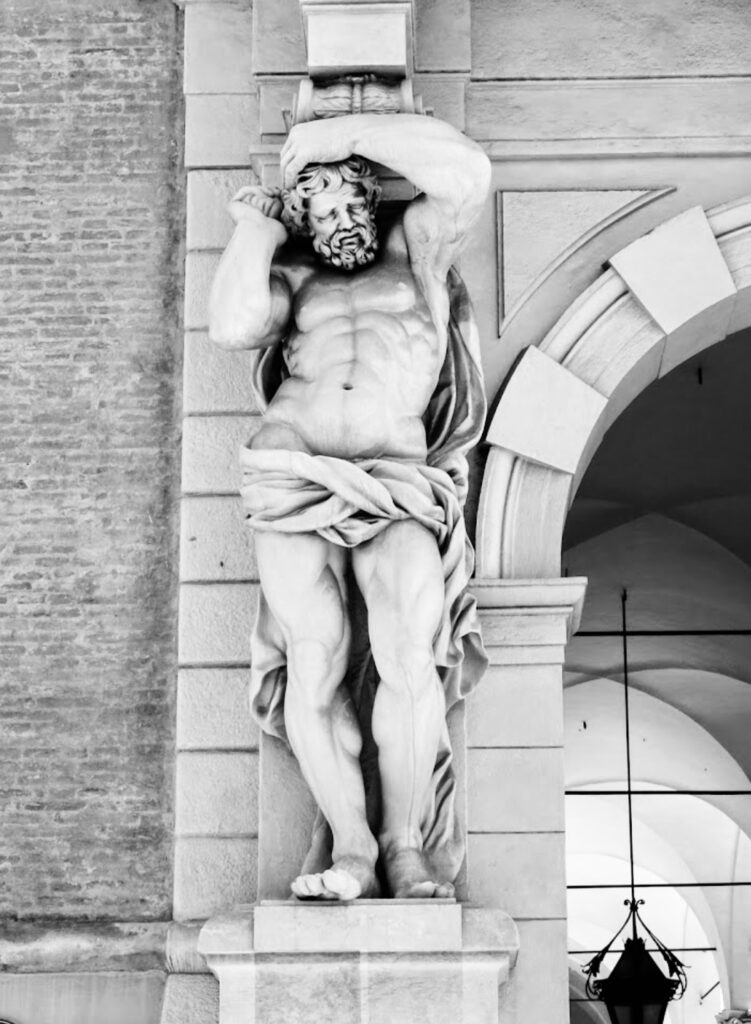
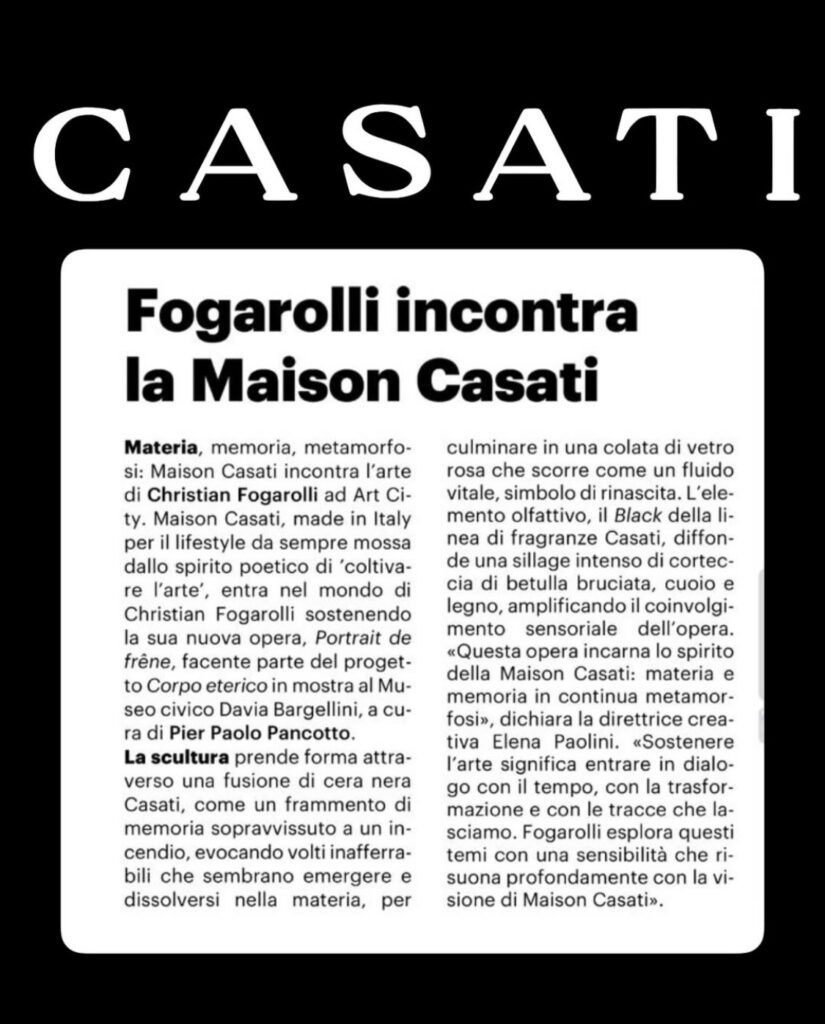
“This work embodies the spirit of Maison Casati: matter and memory in continuous metamorphosis,” says creative director Elena Paolini ”Supporting art means entering into dialogue with time, transformation and the traces we leave behind. Fogarolli explores these themes with a sensitivity that resonates deeply with the vision of Maison Casati.”
The meeting between Maison Casati and Christian Fogaroli marks a new chapter of contamination between art and sensory identity, reaffirming the value of experimentation and contemporary research.
Il Resto del Carlino - February 5, 2025